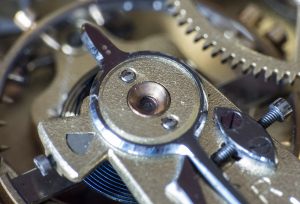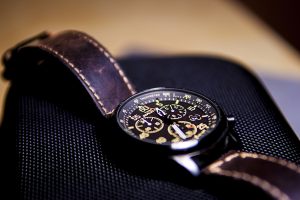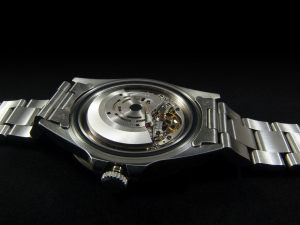In the Secretive World of Watches, Zenith Decides to Share
Tuesday, 07 November 2017
-
The watchmaking industry is known for its secrecy, the tradition of keeping advances well hidden from other brands. But the Swiss watchmaker Zenithnow is offering to sell the technology used to create its new Defy Lab watch to competitors.
Zenith said the Defy Lab, introduced in September, advanced mechanical watchmaking principles that have been in use since the 17th century and was accurate to 3/10th of a second a day, which would make it the world’s most accurate mechanical watch.
Sharing information is a 21st-century concept, said Jean-Claude Biver, the president of the Watches Division at LVMH Moët Hennessy Louis Vuitton, which includes Zenith, Hublot and Tag Heuer. “But it is also part of Zenith, which has sold movements to other brands for years,” he added.
For example, Zenith’s El Primero caliber, introduced in 1969, has appeared in watches made by Rolex and Tag Heuer.
While conventional watch regulating systems have more than 30 parts, the new Defy Lab system has only one, and it is made of silicon. Zenith said both advances would deliver a number of benefits in addition to improved accuracy: freedom from the effects of magnetism, improved resistance to the effects of temperature and gravity, and, because the new system requires no oil, creates no friction and therefore does not wear, there is zero maintenance.
So far Zenith has made only 10 watches featuring the new technology, each cased in Aeronith, an ultralight aluminum composite that is a kind of metal foam, but solid. The watches have unique dial and strap combinations and, Zenith said, were sold to collectors at $30,000 each.
“In the past, the more accurate the watch, the higher the perception of quality,” said Mr. Biver, who was Zenith’s interim chief executive until April, when Julien Tornare, formerly the Asia-Pacific managing director at Vacheron Constantin, was appointed. “Zenith has won more than 2,000 prizes for chronométrie in its history — more than any other brand. This development connects Zenith to its past, and to its future.”
Mr. Biver said he commissioned the technology when he became president of the LVMH division in late 2013 (although his role was not announced until the next January), and it took four years to develop at a cost of 10 million Swiss francs, or $10.2 million “I believe we have got the investment back already through the buzz we created,” he said, although he also intends to amortize the charge by developing more Zenith products and selling the technology to other brands.
Mr. Biver said Zenith had yet to recover from the slump in exports that had affected the Swiss watch industry over the last three years, unlike Hublot, which, he said, continued to show double-digit growth. LVMH does not report performance by brand, but its Watches and Jewelry division, which includes Bulgari and Chaumet, reported 13 percent growth in the first half of 2017.
So far, Mr. Biver has not yet found any takers for his new technology. “The watch industry is not the most dynamic industry,” he said. “It will take a few months before people understand and trust the technology and we have a customer.”












